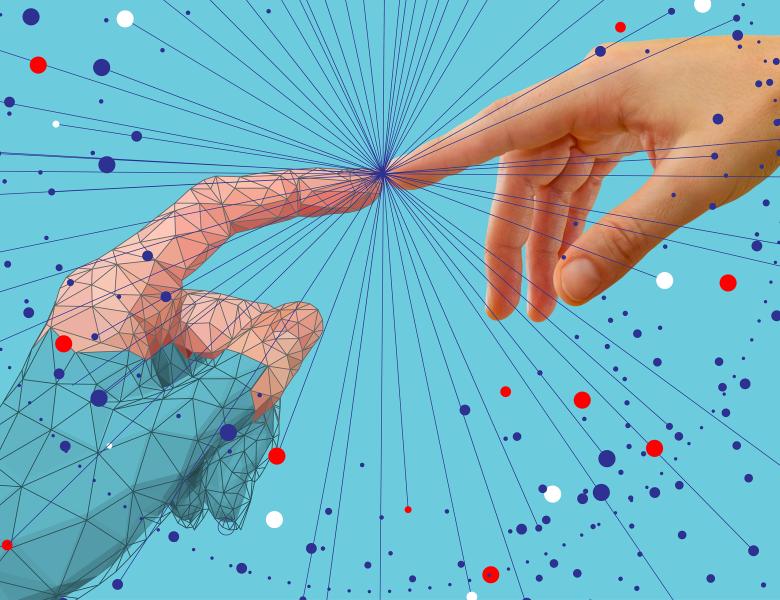
Abstract
The figure of the Human-in-the-Loop has been much criticised in recent scholarship as an inadequate safeguard against both the potential and demonstrated harms of AI systems. This paper will take an historical approach to the figure, tracing its emergence in the mid-century NASA space program, and surveying the various transformations it has taken over the intervening decades, including at key inflection points such as the 1979 Three Mile Island incident. Drawing upon theories of 'afterwardsness' in the work of Jean Leplanche and Georges Didi-Huberman, this paper will argue that the Human-in-the-Loop is born as an anachronism, as a figure which is at once necessary and which yet appears too late to intervene 'adequately' in the complex industrial and post-industrial milieux in which it finds itself. What is at stake in tracing this genealogy of an anachronism is not to argue for the futility of human intervention in complex technical systems or to lament the passing of a more coherent technical agency. Instead, I suggest that it is this very 'out-of-timeliness' which is suggestive of the figure's potential to produce a creative reimagining of the terms of human autonomy in complex sociotechnical environments.


